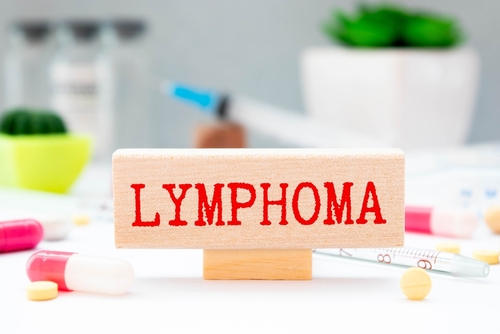Lymphomas are cancers that originate in the lymphatic system, which is part of the body’s immune system. This system includes lymph nodes, lymphatic vessels, the thymus gland, the spleen, and bone marrow. Lymphomas are of two types: Hodgkin lymphoma and non-Hodgkin lymphoma.
- Hodgkin Lymphoma (HL):
- Hodgkin lymphoma is indicated by the presence of Reed-Sternberg cells, which are large abnormal cells found in the lymph nodes.
- It usually begins in a single lymph node or a group of lymph nodes and can spread to other lymph nodes and organs over time.
- HL is relatively rare, accounting for about 10% of all lymphoma cases.
- It has a high cure rate, especially if diagnosed in its early stages, with treatments like chemotherapy, radiation therapy, and sometimes stem cell transplantation.
- Non-Hodgkin Lymphoma (NHL):
- Non-Hodgkin lymphoma comprises a diverse group of cancers that affect the lymphatic system.
- It is more common than Hodgkin lymphoma, with various subtypes that differ in aggressiveness and prognosis.
- NHL can arise from B cells, T cells, or natural killer (NK) cells, each resulting in different types of lymphomas.
- Treatment options depend on the subtype and stage of NHL, including chemotherapy, immunotherapy, radiation therapy, targeted therapy, and stem cell transplantation.
Both HL and NHL can cause symptoms such as swollen lymph nodes, fever, night sweats, weight loss, and fatigue. Diagnosis involves physical examination, imaging tests, blood tests, and lymph node biopsy. Treatment plans are tailored to individual patients based on factors such as the type of lymphoma, its stage, and the patient’s overall health.

